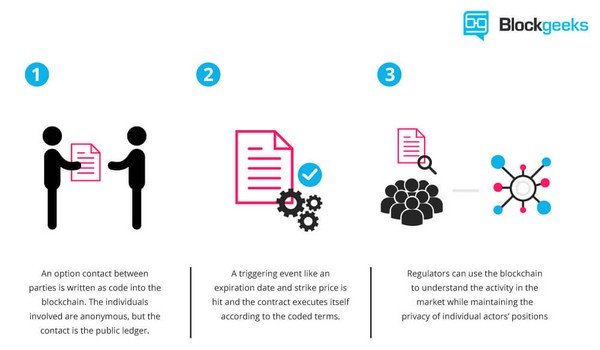A business plan’s most significant benefit is using it as an internal management tool that can help manage your business. However, this doesn’t mean you’re required to create a complete business plan like you would utilize to seek the funding you need or pitch to investors.
Instead, you could stick to a simple internal business plan template which makes your document slim and easy to share.
Steps to write an effective internal business plan

Internal business plans for the business are straightforward. The lengthy documents aren’t often updated when simple, one-page business plans are simple to maintain and operate. Eliminate the long paragraphs and lengthy explanations, and instead, focus on brief sentences and bulleted lists. Remember that the plan is designed for you and should be one you will use and regularly update.
1. Proposition that is worth it
It’s a single-sentence description of your business. What value do you provide, and who do you offer it? This section can explain your mission statement, which reminds the employees of your firm’s overall objective.
2. The issue and your solution
It’s not difficult to explain the services and products you provide. But the most crucial part of this section is delineating the problem you resolve for your clients. A detailed description of the issues you assist your customers with keeps you on track when looking for potential revenue sources.
3. The market of the target and competitors
Identifying who your customers are is as vital as describing the customers’ difficulties. This ensures that your marketing efforts are targeted and that your staff understands the people you’re trying to reach. Remind your clients who could be a potential competitor and why they may choose the other company over you.
4. Sales channel and activities for marketing
The internal business plan you create should outline how you sell your products and services and the media you’ll employ to connect with your customers. If you’re looking to expand in new market segments, a business plan can assist you in the direction of your expansion.
5. Budget estimates
To oversee your staff, it is essential to, at a minimum, determine the number of sales you will make and create spending budgets. In addition, cash flow forecasts will help determine the best time to look into raising funds from other sources or extending a line credit to help expand your business.
6. Milestones
Milestones establish the key goals and goals that your group must meet. It’s not about setting daily tasks but rather setting some essential objectives for the coming months. Your team will remain focused on the most crucial goals by setting goals.
7. Significant events
Milestones are the keystones that define your team’s main goals and goals. Creating a few significant plans for the next few months is more crucial than establishing daily tasks. Setting milestones can ensure that your team is focused on the most critical objectives.
8. Your team
 If you don’t see your company overgrowing, you may skip this section to do internally-focused business plans. If, however, a crucial aspect of your strategy is hiring and adding significant team members, make sure you determine your team’s most important growth areas.
If you don’t see your company overgrowing, you may skip this section to do internally-focused business plans. If, however, a crucial aspect of your strategy is hiring and adding significant team members, make sure you determine your team’s most important growth areas.
What is a business’s purpose?
An internal business plan is employed within your company to define your business strategy, determine the people you want to attract as your customers, create a more comprehensive marketing strategy, and establish budgets for spending and revenue.
Business planning is usually associated with startups and fundraising. However, drafting an internal business plan can have many advantages for existing businesses:
Create a business strategy
A successful business needs a solid plan, and determining the program will help keep your eyes on the ball when you move forward. Opportunities come up constantly, and being a business proprietor, you should know your strategy and determine if you can make sense of it.
The focus should be on performance and projections.
Budgets and forecasts are among the most efficient tools for managing your business. The internal business plan must always contain a prophecy that sets revenue goals for your business and budgets to guide expenditure. Budgets and predictions should be reviewed regularly, at least every month, and re-evaluated as necessary according to the performance of your business.
Refresh everyone’s memories
Everyone should work towards the same goal, especially as the size of your company grows. It’s not tricky for different employees to have differing opinions on the direction your business should take. When employees work towards other objectives, these divergent views could make your company less effective.
Make use of your internal strategy.
 Do you have the knowledge you need to write a business strategy? Look at the Lean Plan Template to start creating your internal business plan. This template will help create a one-page business plan describing your system and critical events.
Do you have the knowledge you need to write a business strategy? Look at the Lean Plan Template to start creating your internal business plan. This template will help create a one-page business plan describing your system and critical events.
Develop your budgets and financial projections from there. To make the complete balance sheet begin with a sales forecast and an expenditure budget, and preparing a cash flow projection whenever possible is recommended.
Now is the time to take your plan into the real world. Analyze your strategy and compare your sales and spending plan predictions with the actual results. A monthly meeting to review your plan may kick off a regular review process for your project.
Budgets for expenses can be limited based on actual spending and shifting goals for revenue. You can modify your plan and change your goals for income in your monthly report to reflect the changes taking place within your company. If you require an additional powerful instrument to help with this task, look at Sheth Jeebun’s forecasting and reporting tools.
Keeping it lightweight and fluid is key to a successful internal plan. A well-designed internal plan can be a tool that will require strategic management with fiscal accountability to develop your business.
Conclusion
The intended audience for internal business plans is usually your business associates and employees. The project is rarely distributed beyond your small circle of those who participate daily in your company. Due to the small audience and the emphasis on management and strategy for business, internal business plans are generally more informal. They do not include much of what’s included in an externally developed business plan.





Comments are closed.